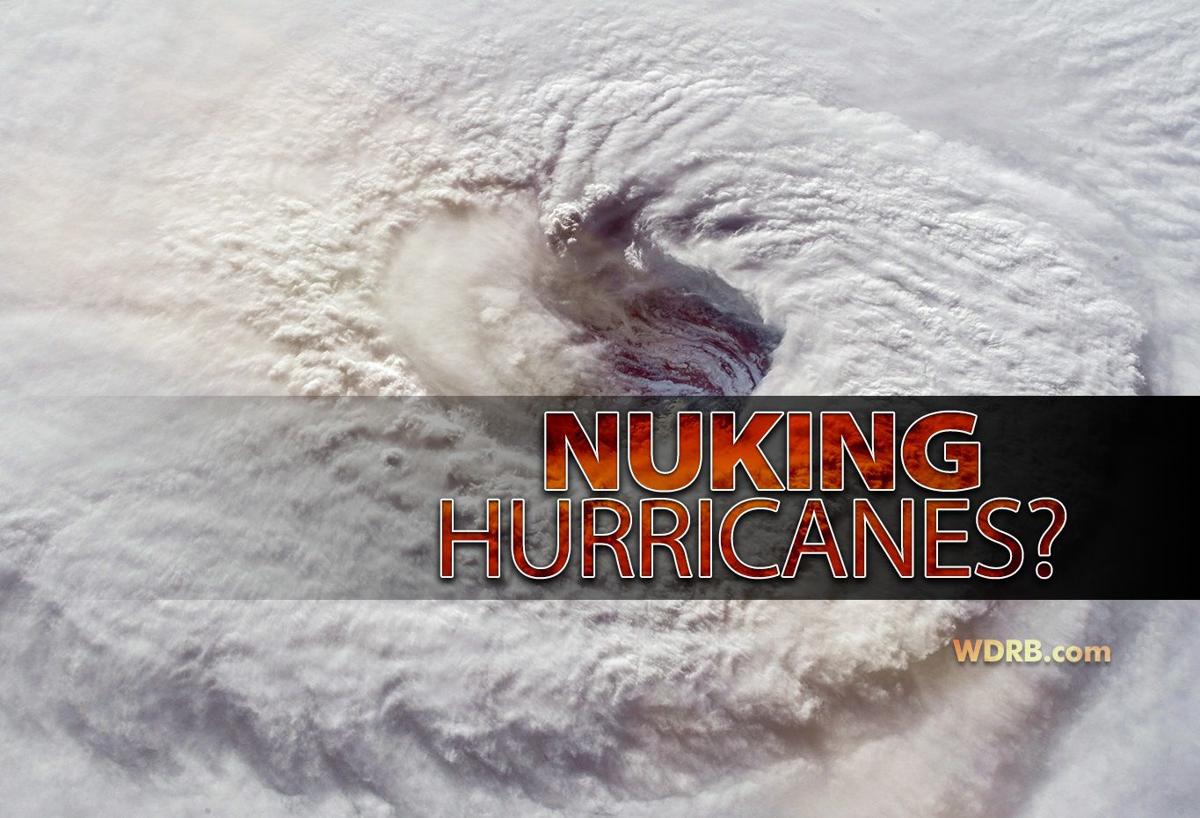Hurricanes release the energy of 10 000 nuclear bombs over an area about 413 miles wide

Hurricanes: The Unleashing of Incredible Energy

When we think of natural disasters, hurricanes often come to mind, with their destructive winds, torrential rains, and devastating storm surges. These powerful storms are known for their ability to release an incredible amount of energy, equivalent to that of 10,000 nuclear bombs, across an area approximately 413 miles wide. To put it in perspective, this is like detonating thousands of atomic bombs in a relatively concentrated region.
Scientists have long been fascinated by the immense power hurricanes possess. They can generate enormous amounts of energy in the form of heat and kinetic energy. But how do these storms harness such extraordinary force?

Hurricanes, also known as tropical cyclones, derive their energy from the warm ocean waters in tropical regions. As the sun heats the surface of the ocean, water vapor rises and creates an area of low pressure. Warm air from all directions rushes towards this region, creating swirling winds and clouds. As the warm air rises, it cools and condenses, releasing latent heat, further fueling the storm.
This continuous process of evaporation, condensation, and heat release powers the hurricane, allowing it to grow in size and strength. The energy released is transferred into the wind and is responsible for the destructive force that a hurricane carries. The combination of high wind speeds, heavy rainfall, and storm surges can cause widespread devastation to coastal areas and communities in its path.
To emphasize the astonishing scale of energy released by hurricanes, let’s compare it to nuclear bombs. A single nuclear bomb releases an immense amount of energy, but when we consider that a hurricane can unleash the equivalent energy of 10,000 nuclear bombs, the magnitude is staggering. The vast amount of energy released by a hurricane is what enables it to cause such catastrophic damage over a wide area.
Understanding the energy of hurricanes is crucial for scientists and meteorologists alike. By studying and predicting these storms’ behavior, we can help mitigate their impact and better prepare for the potential devastation they bring. It is a reminder of the awe-inspiring power of nature and the importance of understanding and respecting it.
In conclusion, hurricanes are truly forces of nature that unleash tremendous amounts of energy, surpassing even the power of nuclear bombs. Their ability to release the energy of 10,000 atomic explosions over an area approximately 413 miles wide is a testament to their unyielding strength. Through scientific research and improved forecasting, we strive to mitigate the damage caused by these remarkable but devastating storms.
Related Posts
Quick Links
Legal Stuff

